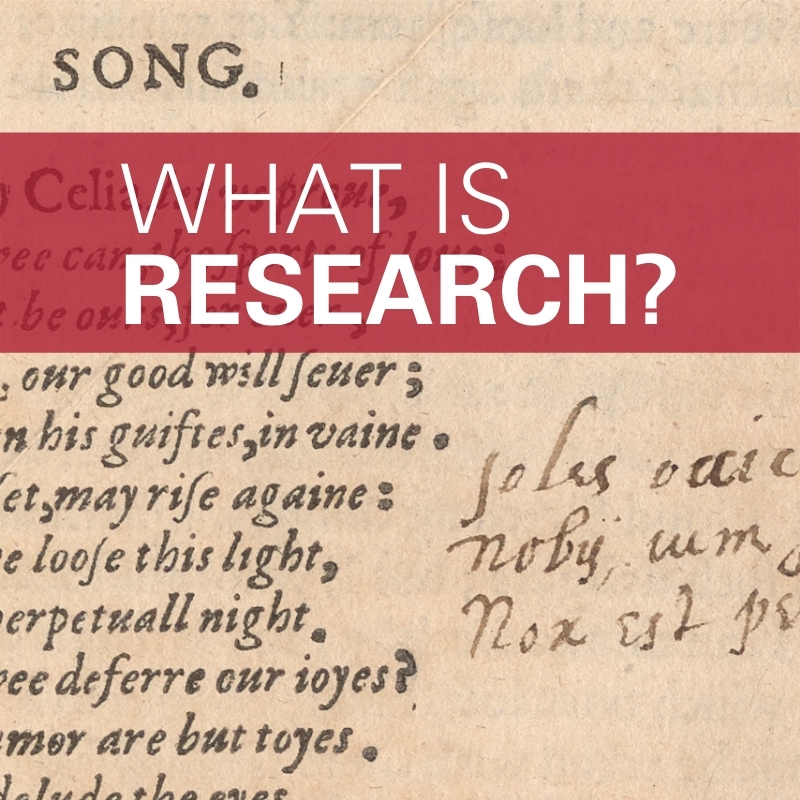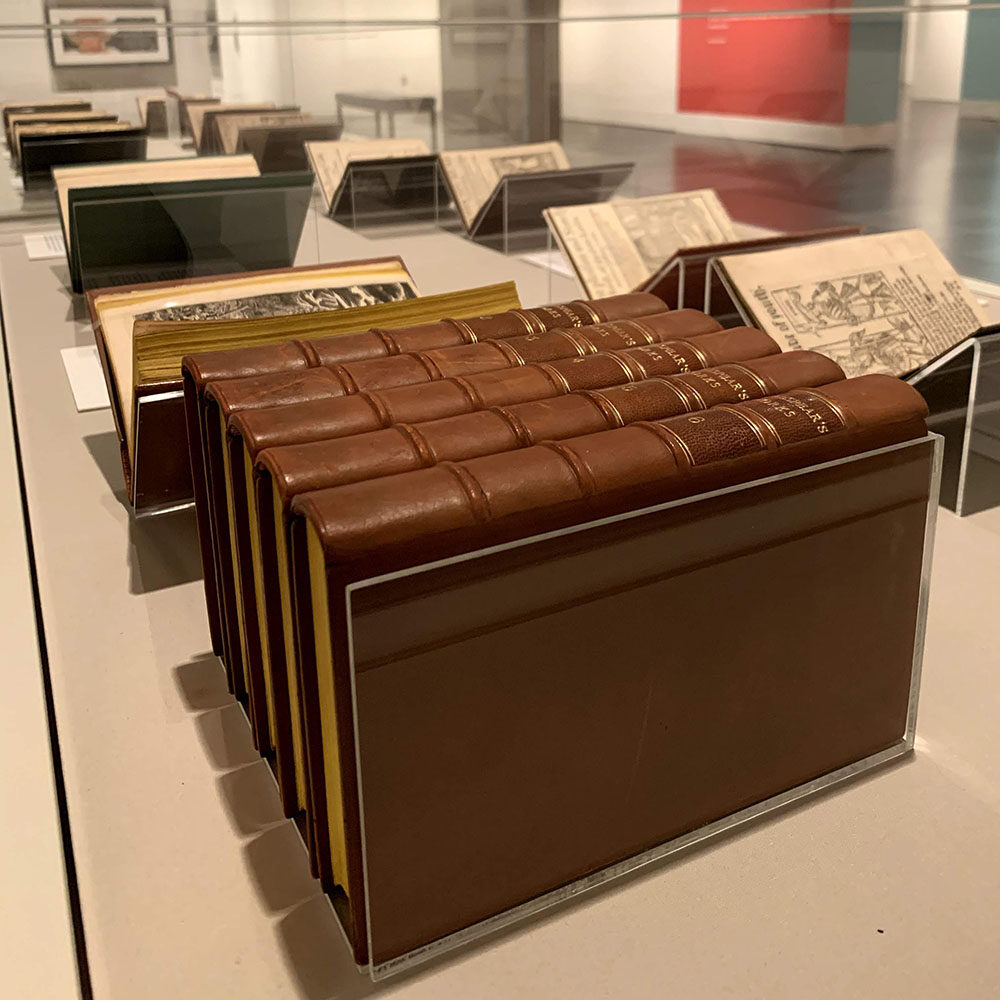This essay is part of a slow research series, What is Research?
Part of what is so compelling about doing research with old books is that the learning curve never ends—there’s always some new challenge, another thing to explain, something else to get to the bottom of.
Reading old books is hard. Even if a book isn’t that old, content regularly poses challenges: who is that historical figure, what on earth is this political debate about, is this supposed to be a joke? And if the book is from more than a century or so ago, determining the meaning of basic nouns, verbs, and idioms can be tough, too. If you’re reading a manuscript or early printed edition in a place like the Ransom Center or working with a digital facsimile of one from your couch, you’re also likely to face different typographical conventions, alien styles of handwriting, and unfamiliar abbreviations. [Read more…] about Learning how to read again


